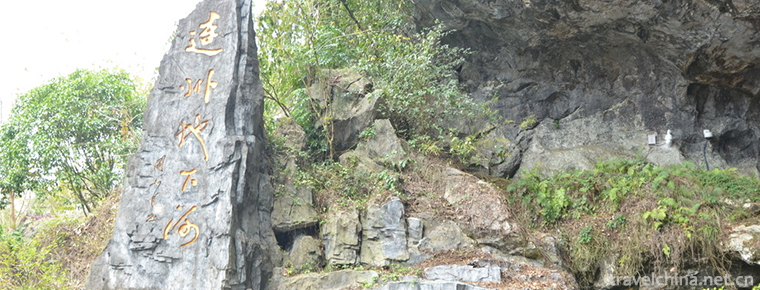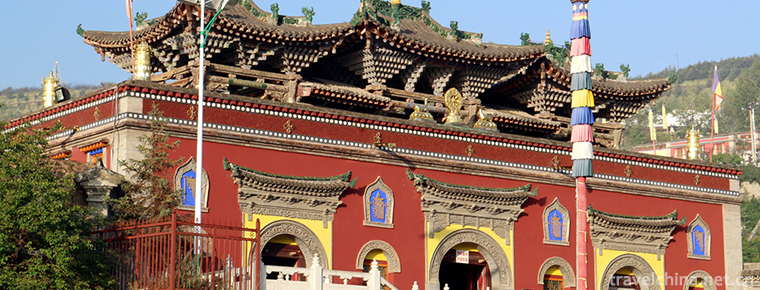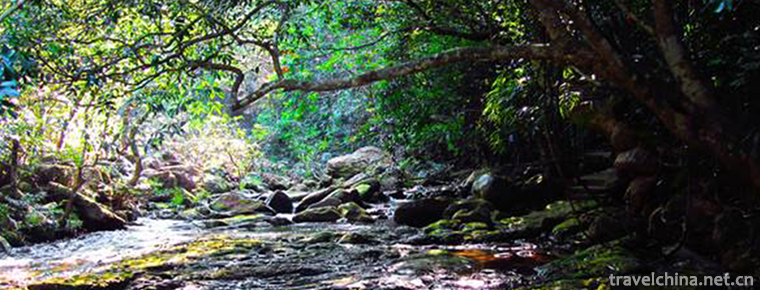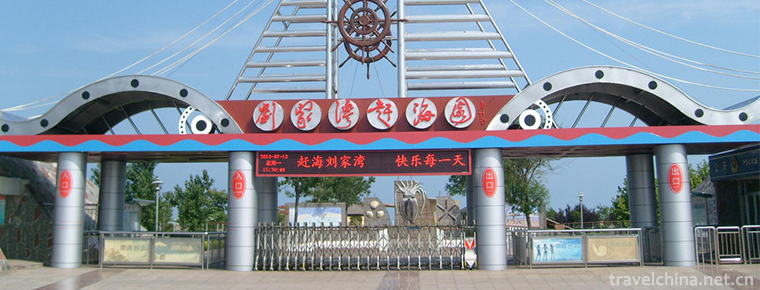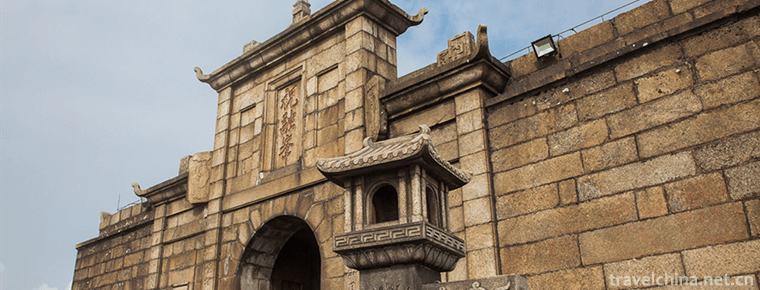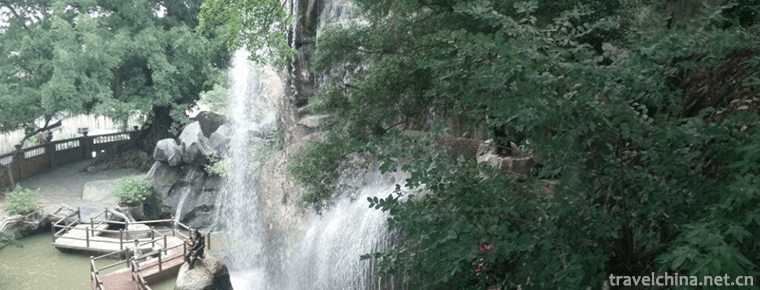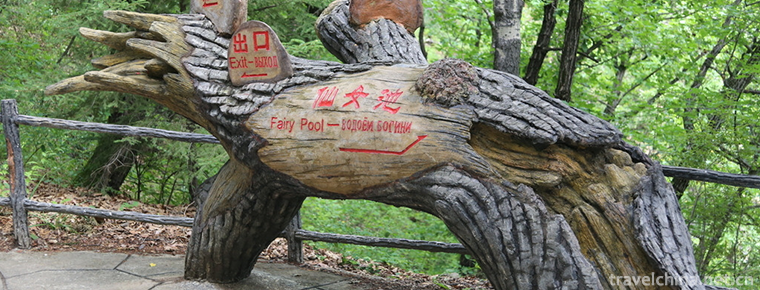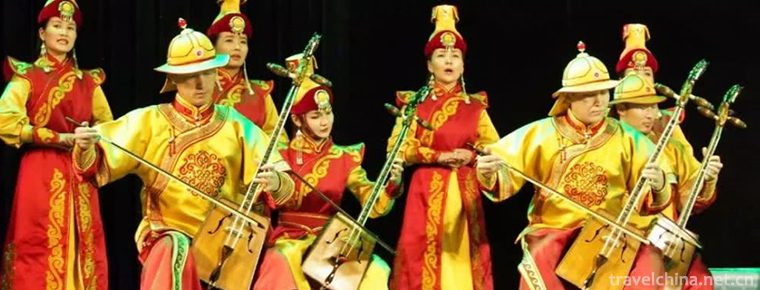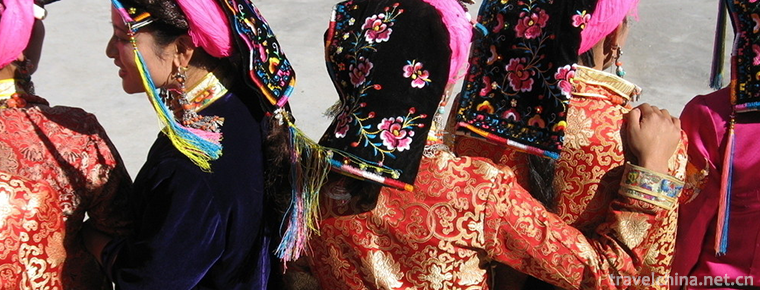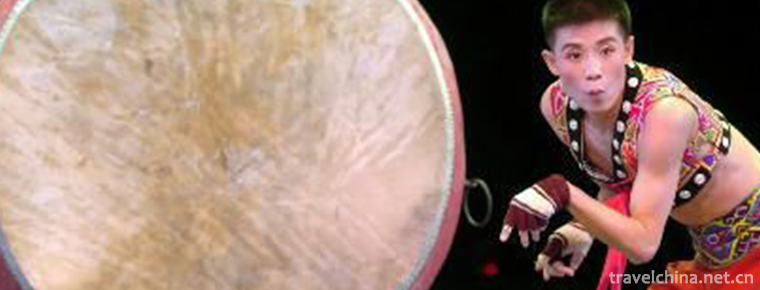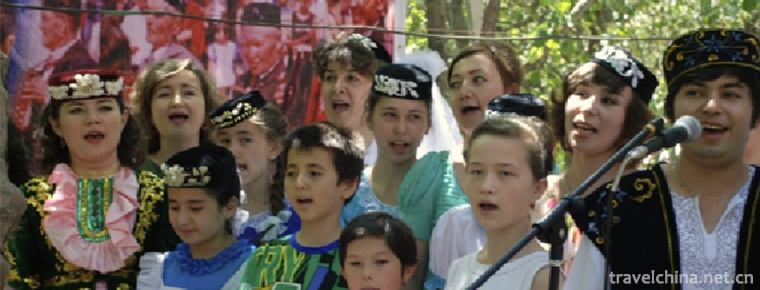Introduction to Panzhihua
Introduction to Panzhihua
Panzhihua, a prefecture level city of Sichuan Province, is located in the southernmost end of Sichuan Province, 614 km away from Chengdu in the north, 273 km from Kunming in the South and Lijiang and Dali in the West; it is located in the central and southern section of Panxi Rift Valley, which is eroded and eroded in Zhongshan hills and Shanyuan Gorge; it has a long summer with four seasons, but distinct drought and rainy seasons; the total area of Panzhihua is 7440.398 square kilometers, and it has jurisdiction over 3 As of the end of 2018, the total population of Panzhihua's household registration was 1 million 83 thousand and 400, and the resident population was 1 million 236 thousand at the end of 2.
Panzhihua City is the only city named after flowers in China, enjoying the reputation of "flower is a city, city is a flower"; Panzhihua is the first city on the upper reaches of the Yangtze River, where Jinsha River and Yalong River meet; Panzhihua is the southward gateway of Sichuan, the nearest point to South Asia and Southeast Asia; Panzhihua is the only subtropical fruit production base in Sichuan, which is rich in mango, loquat, loquat, etc Lotus, pomegranate, strawberry, cherry and other special fruits, fresh fruit is constantly throughout the year. In October 2017, it was named national garden city by the Ministry of housing and urban rural development. In November 2018, it was selected into the top 100 of China's urban comprehensive well-off index.
In 2019, the GDP of Panzhihua will reach 101.013 billion yuan, an increase of 6.3% over the previous year in terms of comparable prices. In terms of industries, the added value of the primary industry was 9.168 billion yuan, an increase of 3.4%; the added value of the secondary industry was 55.074 billion yuan, an increase of 5.7%; the added value of the tertiary industry was 36.771 billion yuan, an increase of 8.5%.

-
Lianzhou Underground River Scenic Spot
Lianzhou City is located in the northwest of Guangdong Province and the upper reaches of Lianjiang River. The northeast is connected with Yizhang County in Hunan Province.
Views: 87 Time 2018-12-12 -
Taer Temple Scenic Area Xining City
Tar Temple, also known as Tar Temple, was founded in the 10th year of Hongwu Ming Dynasty (1377). Named after the Great Silver Pagoda built in memory of Zongkaba, the founder of the Yellow Religion.
Views: 124 Time 2018-12-12 -
Eight Zhai ditch
Bazhaigou, located in Dongli Village, Guitai Town, the hinterland of 100,000 mountains, more than 50 kilometers northwest of Qinbei District, Qinzhou, Guangxi Zhuang Autonomous Region.
Views: 98 Time 2018-12-24 -
Liu Jiawan Chaihai Garden
Located on the eastern coast of Taolu Town, Donggang District, Rizhao City, Liujiawan Chaihai Garden is a national AAAA-level tourist attraction, a popular science education base, and a core scenic sp.
Views: 112 Time 2018-12-26 -
Hengshan Scenic Area
Hengshan Scenic Area, located in Nanyue District of Hengyang City, is a holy place of Quanzhen sect, the mainstream Taoist religion, with an elevation of 1300.2 meters. Because the climate conditions .
Views: 144 Time 2019-01-16 -
Lianhua Rural Tourist Area
Lianhua Rural Tourist Area is a national AAAA-level tourist area, located in the northeast of Chenghai District, Shantou City, with Dongli Town in the East and Tiepu Town in Chaozhou City in the west.
Views: 128 Time 2019-01-29 -
Maolangou National Forest Park
Maolangou National Forest Park is located in the northeastern part of Heilongjiang Province, at the northern foot of Xiaoxing'an Mountains and Xiangyang Township of Jiayin County,.
Views: 184 Time 2019-02-07 -
Asil Lysi
"Asr" is the abbreviation of "Asru Winder" in Mongolian, and its translation is of great significance. Asr is a kind of Mongolian court music, which has a unique national style and.
Views: 217 Time 2019-03-28 -
Tibetan costume
Tibetan costumes Tibetan men's clothes are divided into three categories: labor dress, superfluous dress and warrior dress. Women's clothes change greatly in festivals, major events in life and etique.
Views: 201 Time 2019-04-05 -
Folk dance
Generally speaking, it refers to the form of dance which is produced and spread among the people, restricted by folk culture, improvised performance but relatively stable in style, and with self-enter.
Views: 230 Time 2019-06-05 -
Saban Festival of the Tatar Nationality
The Saban Festival (also known as Ploughshare Festival) of the Tatar Nationality is a unique traditional festival of the Tatar Nationality. Every year, after the spring sowing of all the farmers in th.
Views: 168 Time 2019-06-18 -
Guangyuan tertiary industry
In 2018, the total social fixed asset investment in Guangyuan was 67.221 billion yuan, an increase of 14.1% in the same caliber. Among them, investment in fixed assets was 64.721 billion yuan, an increase of 16.4%..
Views: 316 Time 2020-12-15
